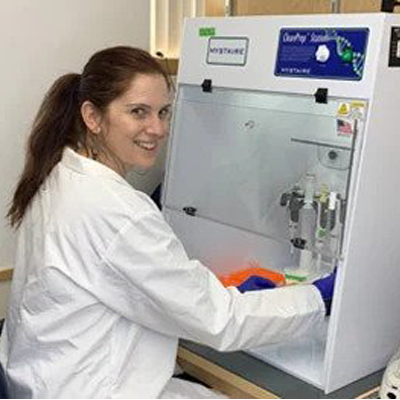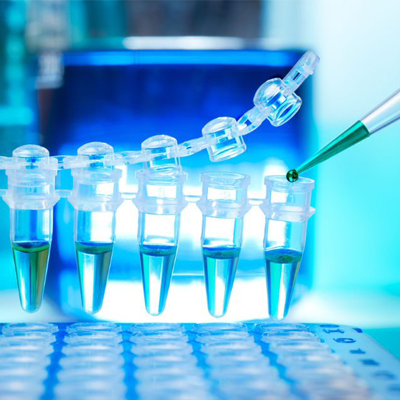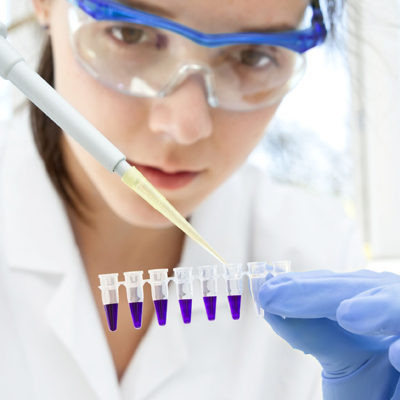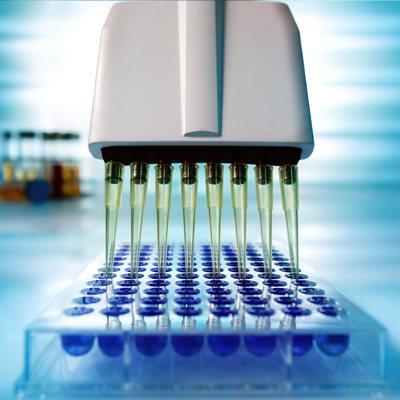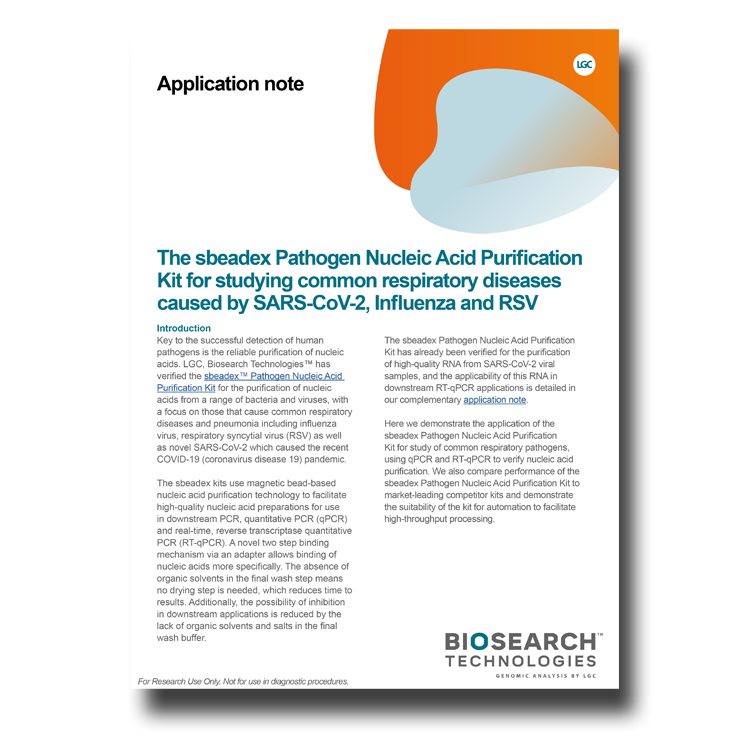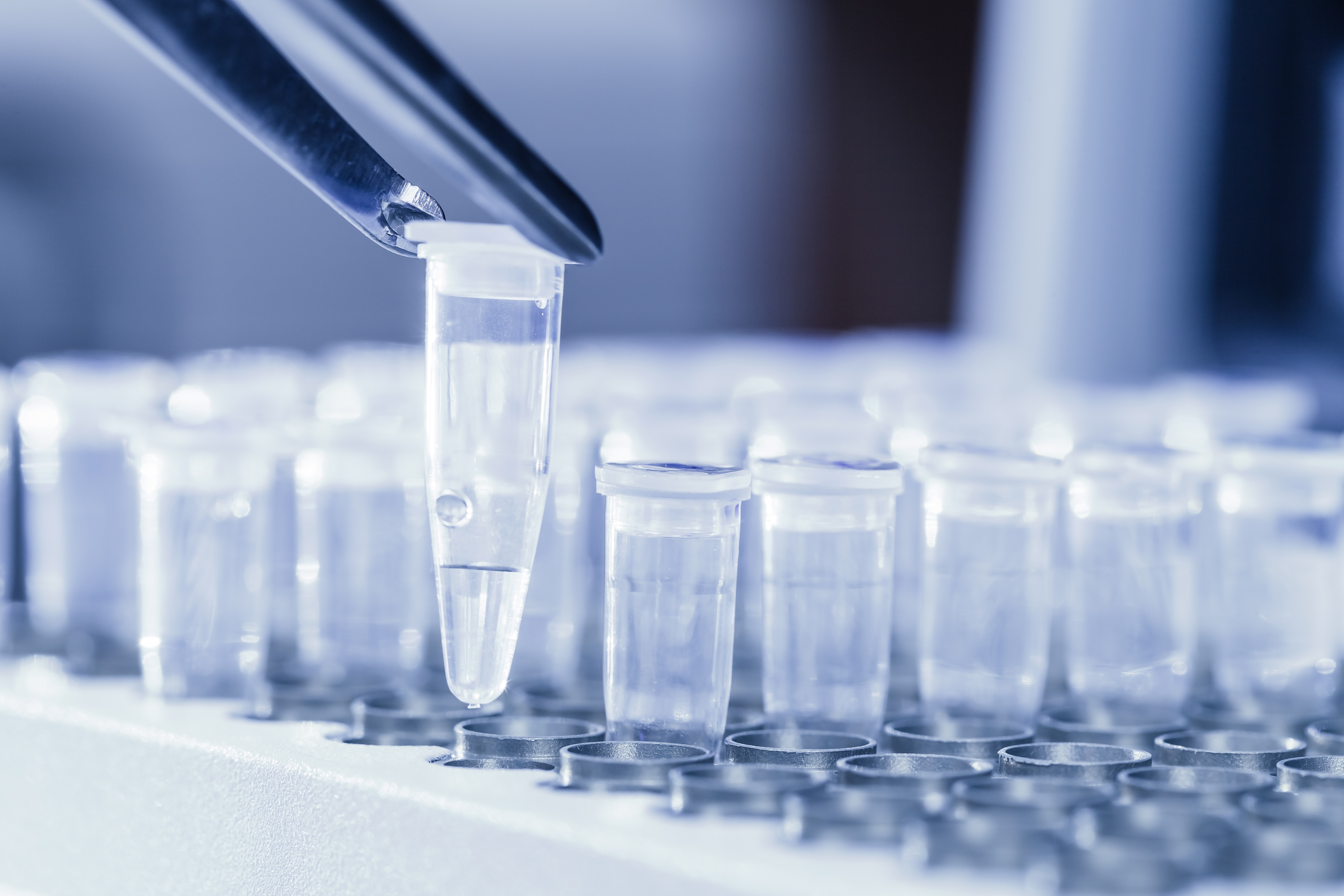In late December 2019, an outbreak of a mysterious pneumonia appeared in a wholesale seafood market in Wuhan, Hubei, China. Later identified as a novel beta-coronavirus and labeled SARS-CoV-2, no one could have foreseen the ongoing global COVID-19 pandemic that followed and the scale of the response needed to help bring the situation under control.
Crucial to the initial response was a means to detect and diagnose infections rapidly and accurately, which in turn required a dramatic shift in clinical diagnostic assay development, and in patient sample collection and processing. Scientists and manufacturers alike working in pathogen detection and with PCR-based technologies had to pull together to think outside of the box with the tools available to meet the demand as the spread of the virus continued at an exponential rate.
Understandably, with the sudden increase in demand and the rapid expansion of testing menus, clinical testing laboratories became quickly overwhelmed. They had to be adaptable in order to increase their capacity and throughput, and leaned on the technologies supplied by manufacturers who were flexible and willing to adapt with them.
Fast forward to present day, and this collaborative approach between leading manufacturers, scientists, and clinical professionals has continued to prosper in many areas, expanding well beyond the scope of COVID-19 and the monitoring of variants, to supporting patient screening across a wide range of conditions.
In this interactive resource, we explore these partnerships in more detail, looking at specific accounts and triumphs at various timepoints, how technologies have evolved, and what the landscape of patient testing might look like going forward as the public health crisis evolves.
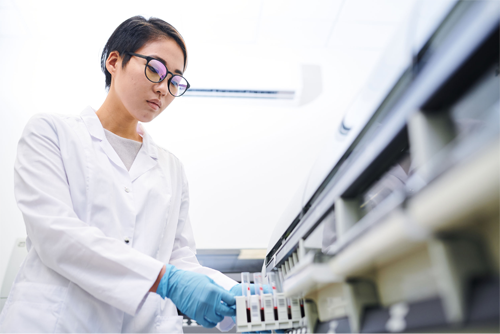
From R&D to validation, the field of molecular diagnostics is fraught with challenges. SelectScience, in partnership with LGC Biosearch Technologies, is exploring the challenges facing the development of molecular diagnostics and the solutions available to help support your journey from an exciting start-up to a thriving MDx organization.

